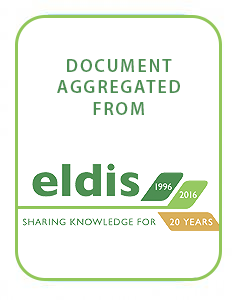Resource information
Under the socialist regime that prevailed until the start of the 1990s, Mongolia made great progress in improving human development indicators, and poverty was virtually unknown. Through innovative service delivery mechanisms to nomadic pastoralists, almost universal coverage of primary health care services was achieved and adult literacy reached 97%.Political and economic transition in the 1990s ushered in a rapid rise in asset and income inequality, and a third of the population have been defined as living below the poverty line since 1995. The dramatic shake-out of labor from uneconomic state-owned enterprises has been absorbed largely by the extensive livestock sector in rural areas and the growing informal economy in urban areas. A dramatic reversal in net rural to urban migration led to a doubling in the number of herding households between 1992 and 1997, which now account for around half the population, herding more livestock on Mongolia’s pastoral commons than ever before in recorded history.In such a context, sustainable management of the pastoral commons is central to the mainstream challenge of national economic development. This paper presents preliminary results from a country-wide participatory poverty assessment, which seeks to elicit people’s own experiences of poverty, well-being and deprivation in a rapidly changing economic environment.Drawing on a blend of quantitative and qualitative data, it describes the main elements of an integrated approach to building secure and sustainable livelihoods both on and off the pastoral commons. Adoption of the ‘sustainable livelihoods’ lens draws attention to the full range of assets and capabilities that the poor may potentially command (including human, social and natural capital as well as physical and financial capital), and to the importance of strategies to reduce or manage the risks and vulnerabilities that poor households face.[author]


